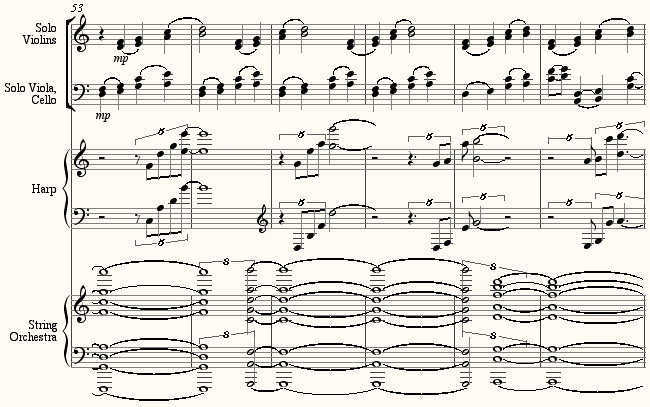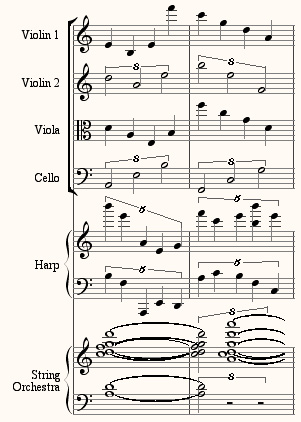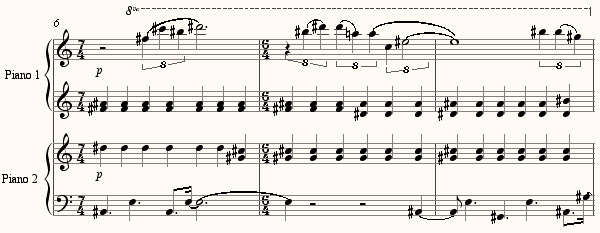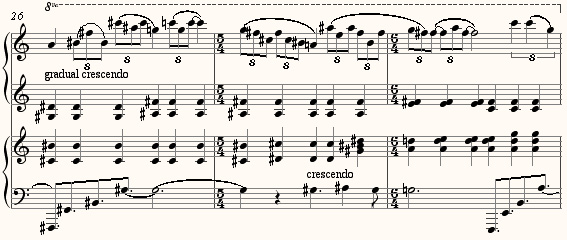I have two performances on the opposite side of the continent this week, while I’m stuck here in the snow. First is Friday, February 17, by the Group for New Music at Brigham Young University in Provo, Utah, directed by Michael Hicks. He’s giving a “live” performance of my Disklavier piece Tango da Chiesa, on a program in honor of Morton Feldman’s 80th birthday. The program:
Bunita Marcus: Untrammeled Thought
Jürg Baur: Petite Suite (for flute quartet)
Leo Brouwer: Cuban Landscape with Rain (for guitar quartet)
Kyle Gann: Tango da Chiesa
Michael Hicks: Lamentation, and
Feldman: Palais de Mari , played by Hicks
Â
Then this Saturday, February 18, Sarah Cahill will play two of my Private Dances at the REDCAT Theater in Los Angeles, starting at 8:30. The program features 14 composers who are all recorded on the Cold Blue label. The lineup is as follows:
Read Miller: Come out, sit awhile; break the bottle, and you is lost
Kyle Gann: “Sad,” “Saintly” from Private Dances
Michael Jon Fink: I Hear It in the Rain
Larry Polansky: Eskimo Lullaby
Steve Peters: Paris, once
Rick Cox: Later
John Luther Adams: The Light That Fills the World
Peter Garland: Hermetic Bird
Chas Smith: P770
Daniel Lentz: Lovely Bird and Requiem
David Mahler: La Cuidad de Nuestra Señora la Reina de Los Angeles
Michael Byron: as she sleeps
Jim Fox: Colorless sky became fog
Barney Childs: Variation on Night River Music
About half the music is for piano, played by Sarah, but several are ensemble pieces, including the Robin Cox Ensemble playing John Luther Adams’s The Light That Fills the World. Cold Blue is a lovely label, and it sounds like a great program, if I say it myself that shouldn’t.
The first weekend in March, Sarah plays my Time Does Not Exist at Santa Fe New Music, but I’ll fill you in on that later. Somebody show up and tell me how they went!
If anyone would like to present my music on this coast, please speak up.




